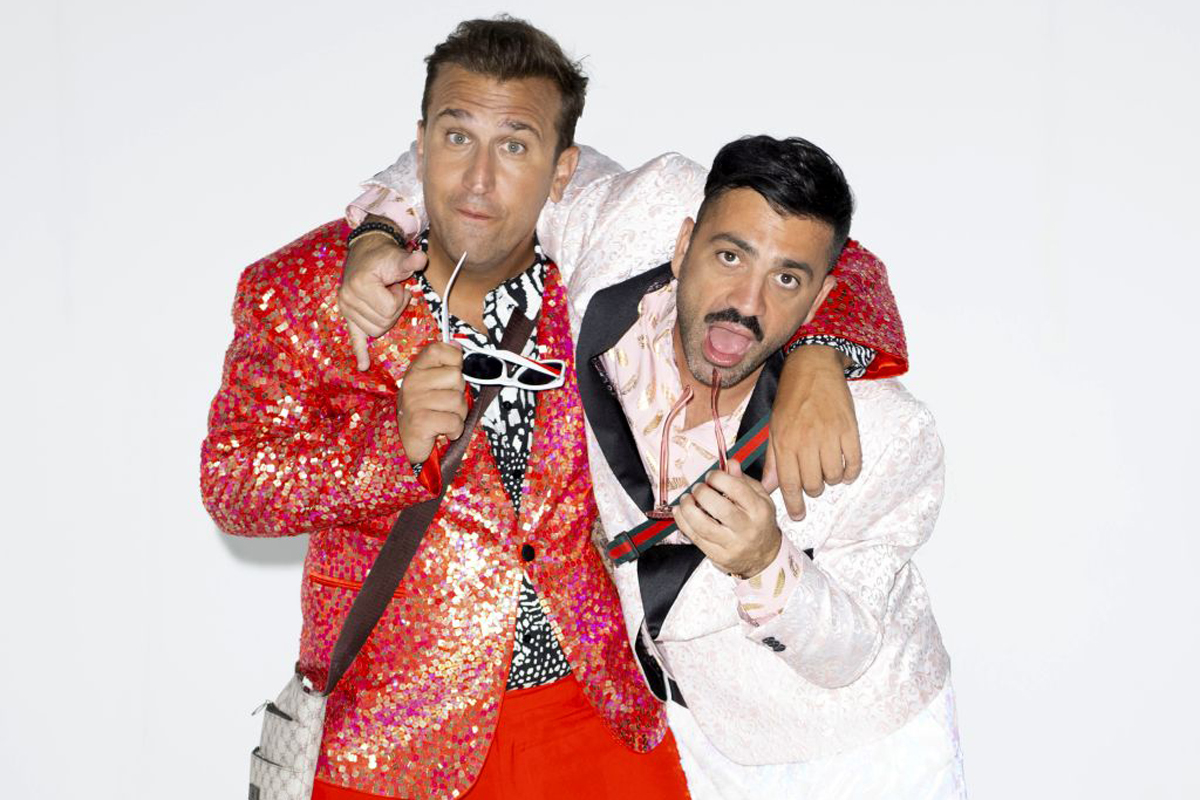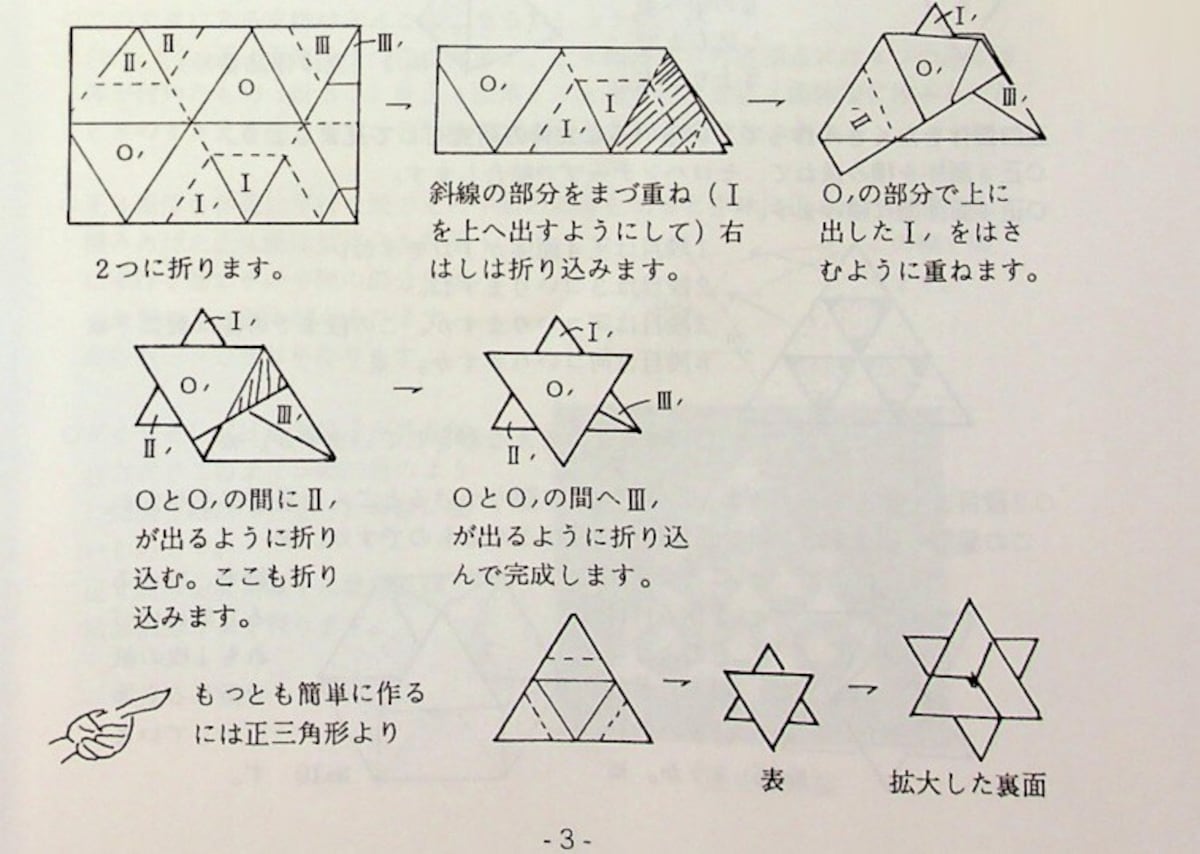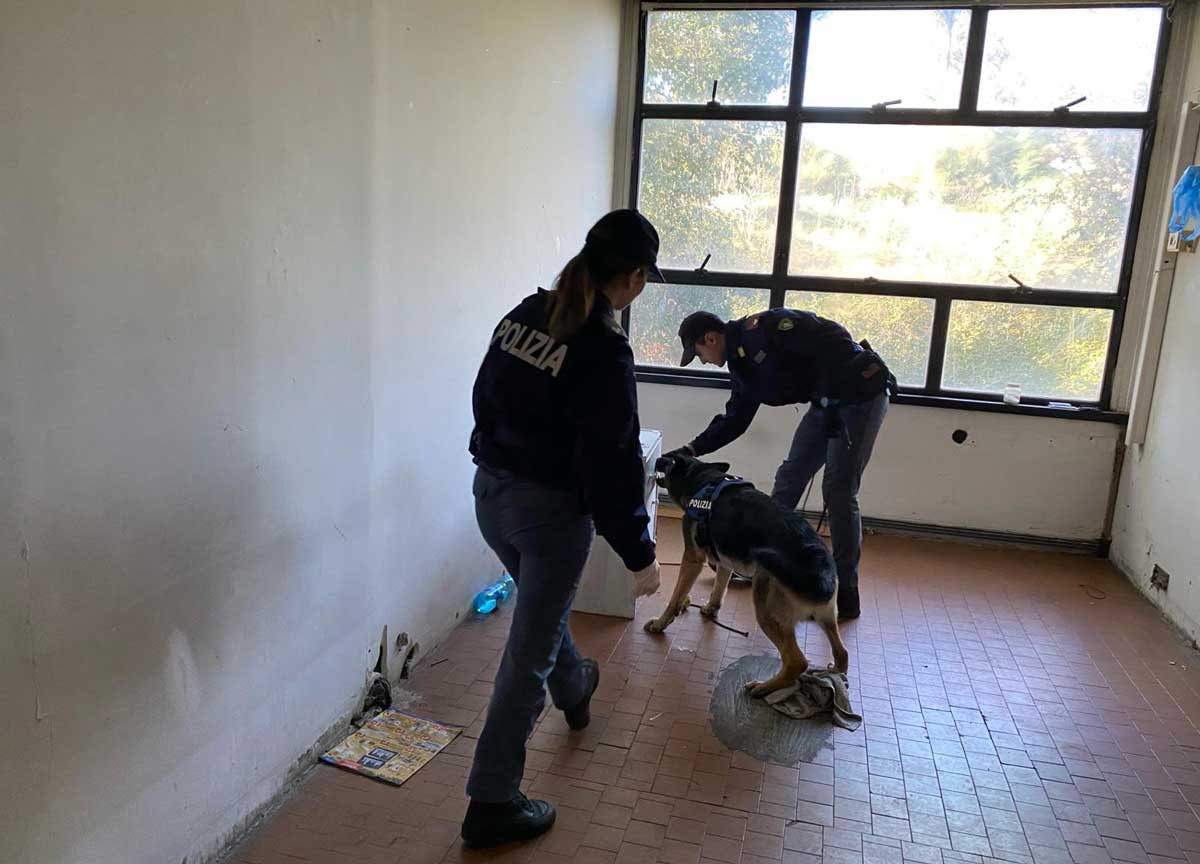On Midsummer 1941, Kurt Antskog, 18, was called up for war, where he spent three and a half years. After the war, he moved to Stockholm, where he has lived with his family ever since. On the last day of this year, the War Veterans Association in Stockholm will close. Kurt Antskog is its last member.
Stockholm
For at the moment Kurt Antskog cried to his mother for help.
He had just killed a man. There was an ongoing war between Finland and the Soviet Union.
Antskog had shot in the stomach of an enemy soldier who had met in the woods. The enemy fell dead to the ground 15 meters from Antskog.
Antskog felt he had done something wrong, but he had no choice. The enemy’s job was to shoot him, so if he wanted to survive, he had to shoot the enemy.
Antskog was a young man in his twenties from Kemiönsaari and killed a man for the first time.
Mom, Mom, he shouted.
“But you couldn’t stay there crying. The next one was already coming. Had to continue. The task was the most important, ”says Antskog now, decades later in his armchair in Stockholm.
Antskog is 98 years old and lives with his wife Bibin with Stockholm on the island of Reimersholmen right next to Södermalm.
Kurt Antskog says moderation is the secret to long-term health. Reasonably everything, nothing too much. “And good genes.”
The balcony of the sixth-floor apartment offers beautiful views of Lake Mälaren. Kurt Antskog has lived with his Swedish wife in Stockholm since the 1950s. The couple has four daughters, the eldest of them Ann-Marie Antskog is coming to visit today.
The daughter is due to give the father a ride to Bromma, where a memorial service will be held for the deceased a year ago Anne-Marie Råberghille, which Antskog knew well. Like her husband, an officer in the Continuation War Björn Råberghin, who died in 2017.
Finland war front veterans are running low. There are still a few of them living in Sweden.
In Stockholm, however, Kurt Antskog may be the last. At least Antskog is the last Finn to take part in the war veteran organizations in Stockholm. In Sweden, war veteran operations are coming to an end on the last day of this year.
“I don’t bother to be there alone,” Antskog says.
In Sweden, the Swedish district of the Finnish war invalids and the Svenska Finlandsfrivilligas Minnesförening, which has been established to guard the interests of Swedish volunteers who fought in the Finnish wars, continue to operate in Sweden.
More than 9,000 Swedish volunteers took part in the Finnish wars. Reportedly, the last Swedish corporal to take part in the Continuation War Jan Kjellberg, died this fall at the age of 97.
Executive Director of the Swedish District of Finnish War Invalids Juha Joki estimates that there are still about 30–40 Finns living in Sweden who were involved in some way in the Finnish wars. Not necessarily in hostilities on the front, but in other missions. The chapter also includes war invalids who could only be injured after the war, for example due to mines. The figure may be a little higher, as not everyone has been involved in the work of veterans ’organizations.
As late as 2015, there were about 300 war veterans, one hundred war invalids and 150 widows of war invalids living in Sweden.
“When the war veteran operations end, all war veteran members have been offered the opportunity to join the Helsinki war veteran district. Kurt is the last member of the war veteran district in Stockholm, ”says Joki.
Kurt Antskog was born in June 1923 and lived a safe childhood at home on Kemiönsaari in Southwest Finland. At the age of 12, he moved to Jyväskylä to visit his father’s cousin and his Finnish-speaking wife, to attend school and learn Finnish.
Antskog remembers the first Finnish sentence he learned at school in Jyväskylä.
Smoke rises from the barrel of a rifle factory.
At the age of 16, he began to sense that war was coming.
“It was 1938, and the Soviet Union was already starting to make those demands,” Antskog recalls.
The demands first included a defense alliance with the Soviet Union, later demands to move the Finnish border.
Finland refused, and in November 1939 the Soviet Union invaded Finland. The Winter War began. Antskog, a teenager, saw Soviet bombers flying over Kemiönsaari.
Two years later, on Midsummer 1941, 18-year-old Antskog was called up for war. He fought in the Continuation War for three and a half years, most of which was spent in the Station War in Syvär. Antskog’s unit was an infantry regiment of 13, consisting mainly of Swedish-speaking soldiers.
“Half of my team crashed,” Antskog says.
Among the fallen was Antskog’s childhood friend Willing, with whom he had grown up on Kemiönsaari and attended schools.
“
“People over the age of 30 should not be sent to war.”
From November From 1941 to May 1944, the regiment was in the same positions at Syvär, Antskog says.
“It was way too long.”
The enemy was stared at the trench with a periscope. His head was not allowed to be lifted at the guard post, it was repeated constantly. Twice an enemy sniper fired a mirror at Antskog’s periscope.
The dugout was sleeping under the newspapers as bedbugs jumped from the roof. The bedbugs were the fate of the entire team. Once a dugout was gassed to kill bedbugs, the team spent the night a couple of nights in tents about 30 feet away. The tents were more visible than the dug dug underground, making the team more vulnerable.
When the team got back into the dugout, the same night, Soviet soldiers threw a grenade at the scene where the team spent the night in tents.
“Everything would have gone if we had still been in it,” Antskog says.
Antskog says he had luck in the war. He also trusted that. He says he felt he was somehow invincible. That he shouldn’t be hit.
“Young boys think that way. Do not feel fear in the same way as parents. Therefore, people over the age of 30 should not be sent to war. At that time, those over 35-40 years old were already old gubs. Admittedly, the men who fought in the Winter War were the most important to us. They knew what to do. They said don’t shoot too early. When you shoot, know it hits, ”Antskog says.
Eventually, Antskog was wounded. It took place in the summer of 1944 at the Battle of Tali-Ihantala, which has been called the greatest battle in the history of the Nordic countries.
Finland had 50,000–100,000 troops in the fighting, the Soviet Union 150,000.
Antskog says he fought in the forest for 10-15 days. There were no tents or dugouts. They slept in the woods for an hour or a half when it was possible.
The battle began when Antskog and his team were taken by train from Syvär to Lyykylä. From there they continued to fight.
“On the highway, a soldier came on a horse’s back and said, don’t just go to that hell. But that’s where our hell started. ”
It was a constant struggle, day and night. Antskog says he fired his submachine gun at such a rapid pace that the barrel of the gun became hot. If a drop of saliva fell on it, it hissed into the air as steam.
Antskog learned he was wounded when he took a badly injured lieutenant to the medical center. The doctor said Antskog had been hit in the upper arm.
“It was a fragment. The tension was so intense and no blood came because the wound had burned down that I didn’t notice. That was the day I turned 21. ”
The scar is still visible today.
Casualty Antskog was tied up and taken to the wounded train. He fell asleep immediately.
“I wouldn’t have remembered my name if someone had asked. I was so tired. ”
The train had a terrible atmosphere, Antskog says. The whole wagon was full of wounded. At the stops, Antskog ate and drank and immediately resumed his dreams.
“Then somewhere around Kristiinankaupunki I had already accumulated strength. I heard the birds singing. ”
Antskog rested in the hospital and received four weeks leave. At the medical examination, the doctor raised Antskog’s arm and asked if he could go back.
“I can,” Antskog replied and went back to the front.
However, Antskog no longer faced any fighting. The war ended in September 1944. Finland was weak but survived. Heavy war reparations were due.
Kurt Antskog says that he appreciates the visits of the current President of the Republic of Finland Sauli Niinistö to the veterans in Sweden as well.
Antskogilla a new life began.
“For half a year I had to exercise every night to feel tired of being able to sleep, but then it started to ease. I survived little. I had luck. ”
Antskog became a forester. He ended up working in Canada but moved in love to Sweden, where he has lived with his family since the 1950s.
“I’ve had a good life.”
The community of war veterans and war survivors in Sweden has been strong and important to Antskog. The community is no longer large, but it is still important. Antskog says he has received good treatment as a veteran. He especially praises the president Sauli Niinistö, who has been to greet veterans in Sweden as well.
Antskog appreciates Niinistö’s visit.
“Niinistö has done more for veterans than all previous presidents combined,” Antskog says.
Antskog and his wives are in good shape and able to live in their own homes. Antskog closely follows world events. He digs up a newspaper clip from Dagens Industr in early December.
The column repeats the Russian Foreign Minister Sergei Lavrovin threats to the United States and Britain. Lavrov urged countries to stay out of Ukraine unless they wanted a “nightmarish military conflict”.
Kurt Antskog, 98, is closely following world events, such as the recent coverage of Russian foreign policy.
“
“I’m not afraid of Russia.”
Russia has recently concentrated its forces on the Ukrainian border and demanded that NATO stop its enlargement.
The column describes the situation as a failure for Russia. It is also said that Lavrov represents a country with a smaller economy than the Nordic countries. Wages are bad, the people are suffering. There is an underlined passage in the text stating that after a period of 30 years of globalization, the world does not know any Russian trademark.
“Russia has failed. The monthly salary of Russians is SEK 4,000 a month [400 euroa], ”Says Antskog.
“I am not afraid of Russia. I could leave again. Well, maybe no more, ”he says.
But he has nothing against the Russians, Antskog emphasizes.
“I have traded with the Russians. Everyone has been 100% honest. And yes, Russia must be understood. They want to keep their country, fight for it. Just like us. ”
Antskog has also followed Finland’s recent fighter shops. The deals with Lockheed Martin in the US were a good deal, Antskog says.
“Swedish fighters would have been a bad choice because the factories are close. They would be easy to destroy. It’s good that the machines are made elsewhere. ”
The story and stories would last longer, but Bibi Antskog now invites for coffee. They have time to drink before leaving for a friend’s memorial service.
The event will be held a year after the death, as the pandemic prevented a commemoration last year.
It is important to get to say goodbye.
In December, Kurt Antskog attended a memorial service for Anne-Marie Råbergh. On the door Henrik Råbergh.
.
#Sweden #Mom #Mom #shouted #Kurt #Antskog #shot #enemy #Continuation #War #member #Stockholm #Veterans #Association #left #turn #lights






